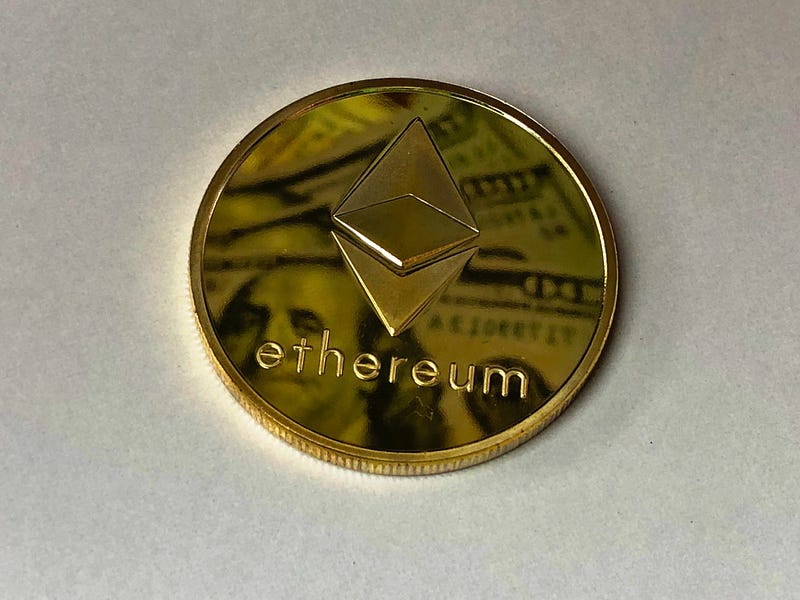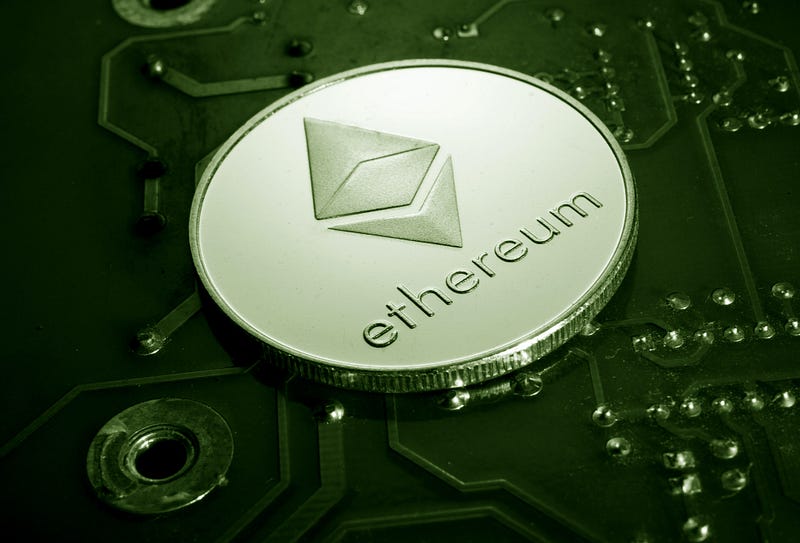Transforming Ethereum: The Impact of Ethereum 2.0 on the Crypto Space
Written on
Chapter 1: Understanding Ethereum 2.0
If you own Ethereum, you’re in for an exciting ride. But what exactly does the 2.0 update entail?

Editor’s Note: See sources at the end.
As an avid supporter of Ethereum, I find it to be the second most valuable cryptocurrency, and it’s comparatively easier to invest in than Bitcoin. My admiration for Ethereum, as opposed to Bitcoin, stems from its adaptability and diverse applications. I have consistently placed my trust in Ethereum, and with the upcoming Ethereum 2.0 update, its potential is set to expand significantly. So, what is the 2.0 update, and how can we make sense of it?
TL;DR: Key Takeaways
- Ethereum transitions from Proof of Work to Proof of Stake.
- Sharding will enhance efficiency through the "Beacon Chain," a system that coordinates Ethereum 2.0’s expanded network of shards and validators.
- Introduction of web assembly language for easier smart contract use in applications.
- Improved transaction speeds and scaling capabilities.
- Enhanced security measures.
- Expected rollout in Q2 of 2022.
What Does It All Mean?
Some of these concepts may seem complex, so let’s break them down.
#### Proof of Work vs. Proof of Stake
Bitcoin relies on Proof of Work, where miners utilize computational power to solve intricate mathematical problems and verify new transactions. The first miner to solve the problem adds a new transaction to the blockchain and receives a reward in Bitcoin. This method is highly energy-intensive.
In contrast, Proof of Stake eliminates mining in favor of staking. Users stake their cryptocurrency to become validators. These validators confirm transactions similarly to miners but with essential differences. They are chosen based on the amount of cryptocurrency staked and the duration of the stake. Other validators can verify the existence of a block, and when sufficient evidence is gathered, the block is added to the blockchain. Validators earn rewards for proposing successful blocks, a process termed forging or minting. This marks a transformative shift in the crypto landscape, as it is more energy-efficient and requires less computational power to secure the blockchain.

#### What Is Sharding?
The concepts of security and efficiency are interrelated, primarily due to Sharding. But what is Sharding? It’s a technique designed to enhance decentralization and efficiency. Currently, all data added to the Ethereum chain must be verified by every node, which slows down the system as it’s limited by the slowest participant. This leads to bottlenecks that escalate transaction costs and reduce output.
With the introduction of Sharding, verification tasks can be distributed among various node sets, with each responsible for its specific data. This allows for parallel processing, significantly boosting transaction capacity. Current estimates suggest that Ethereum can handle around 30 transactions per second, but with Sharding, this number could potentially soar to 100,000 transactions per second.

It’s important to note that these figures might be subject to skepticism or exaggeration, but the underlying technology is indeed promising for enhanced performance.
#### The Role of Smart Contracts
Ethereum's capabilities extend beyond just serving as a digital currency. Smart contracts, which are programs stored on a blockchain that execute when specified conditions are met, can automate agreements without the need for intermediaries, ensuring immediate certainty for all parties involved.
Ethereum's smart contracts, running on the Ethereum Virtual Machine (EVM), can power games, manage complex financial transactions, and even facilitate social media networks, such as Minds.com. However, integrating this technology traditionally required advanced programming skills. With Ethereum 2.0, the adoption of web assembly language, known as eWASM, will enable smoother execution of app code directly in modern websites.
In conclusion, these developments in Ethereum 2.0 are pivotal. As Ethereum sheds unnecessary complexities, it stands poised for a significant resurgence, particularly as a new bull market may emerge. Stay tuned for more insights.
I am not a financial advisor, so please exercise caution and make informed decisions with your investments.
Sources Cited
- Ethereum 2.0 Includes Major Changes That Could End Bitcoin's Blockchain Dominance | IEEE Computer…
- What is Ethereum 2.0? | Decrypt
Chapter 2: The Future of Ethereum
Explore the meaning of Ethereum 2.0 and its potential effects on the Ethereum network in this informative video.
Dive deeper into Ethereum 2.0 with this comprehensive analysis of its features and implications.